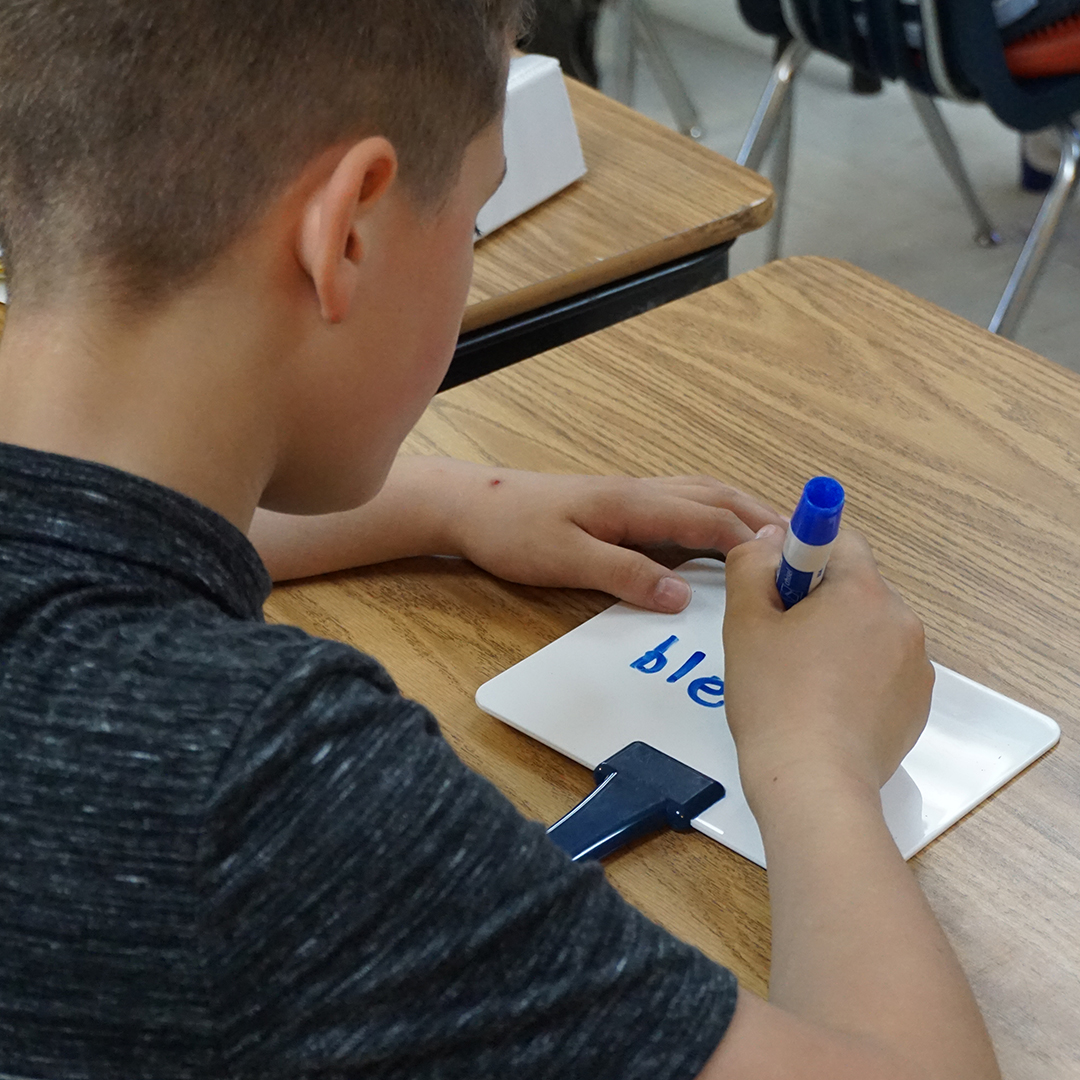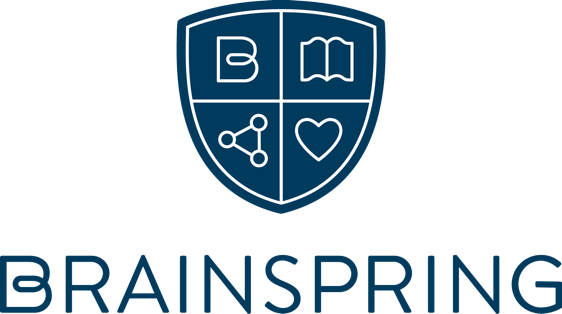Let Assessment Be Your Guide
Posted by Brainspring on 10th Feb 2021
If you have been a teacher for any length of time, you have been bombarded with the idea of “using data to guide instruction.” Occasionally, however, the amount of data demanded is confusing – and quite frankly, overwhelming. The best data is data you can use. This may come from a variety of mediums, such as formal/informal assessments and observations or progress monitoring. Using data is the best way to guide your instruction and make accommodations or adjustments to help students succeed. Here are some examples of how using data to support students in reading and spelling helps them towards mastery and automaticity.
Fluency
There are many measures of fluency, but essentially, these measures look for Words Correct per Minute (WCPM). Although real fluency requires phrasing, accuracy, as well as speed (although speed is more about prosody rather than rushing through!), WCPM is generally an accepted data point. If my students score low in WCPM on a grade-level measure, I am usually not surprised! Most of my students read several grade levels below – which is why they are in Tier 3.
First, I measure their WCPM on  their approximate grade level. In my school, this is established through Lexiles. Since this is still an area in which my students struggle, even below grade level, I address this regularly in two main ways:
their approximate grade level. In my school, this is established through Lexiles. Since this is still an area in which my students struggle, even below grade level, I address this regularly in two main ways:
- The 3-Part-Drill is designed to build fluency. My students have become adept and accurate at the Visual and Auditory portions of the drill, so we focus more on Blending. I typically work 2-3 days a week on blending with students.
- We read the Controlled Readers from Phonics First® to practice the skills we have learned and are working to master. First, I have them read to decode. Then we work on both phrasing and expression. I sometimes model a portion for them and then have them reread. Research indicates that rereading is an effective strategy for building fluency. Fluency is directly tied to comprehension.
All of my students, no matter the cause of their reading struggles, have a difficult time with vocabulary. Of course, we practice the Greek and Latin Roots, which are the core of Structures®. Recently, though, we have begun looking at the context surrounding these words and using both the understanding of the root and the context to determine meaning. For example:
In the movie, the subterranean monster dug beneath New York City and destroyed many buildings.
In this sentence, we not only look at the prefix sub- but also the context of “beneath New York City.” This practice has significantly helped my students connect the morphemes and the words in which they are found.
Parents and other teachers frequently tell me that these older students just can’t comprehend the material. All of their test scores, on all of the standardized measures, indicate this to be true. However, I always want to dig down to the root of the problem. For the vast majority of my students, text read aloud is easily understood. However, the struggle to pull the words from the page significantly hinders their ability to think about the content. If my students struggle with decoding, they most likely will not comprehend grade-level text. I have been collaborating with my colleagues this year to create word lists that my students will encounter in other subjects. This allows me to help my students practice these words before they come across them in other classes. This helps them with fluency, and thus comprehension, making a considerable impact throughout!
Accuracy in Spelling
 Spelling or encoding is an equally important skill. Students should be accurate spellers. Research shows that reading and writing are indelibly tied together in the brain. According to David Kilpatrick, in his book, Equipped For Reading Success, “In order to be proficient with letters and sounds, a student must to able to, not only read a sound but must be able to spell sounds.” Dictation is a good source of data for providing evidence of accuracy in spelling. Before moving on from a skill/concept, students should master reading and spelling of that concept in order to fill in skill gaps and progress in their literacy development. Fluently recognizing “letter strings” on a page is linked to fluently spelling those same letter strings. Students need to differentiate form and from quickly. Using Dictation words as an informal progress monitor to gauge accuracy in spelling helps drive instruction forward or determine the need to reteach or reinforce that skill before moving on in the lesson.
Spelling or encoding is an equally important skill. Students should be accurate spellers. Research shows that reading and writing are indelibly tied together in the brain. According to David Kilpatrick, in his book, Equipped For Reading Success, “In order to be proficient with letters and sounds, a student must to able to, not only read a sound but must be able to spell sounds.” Dictation is a good source of data for providing evidence of accuracy in spelling. Before moving on from a skill/concept, students should master reading and spelling of that concept in order to fill in skill gaps and progress in their literacy development. Fluently recognizing “letter strings” on a page is linked to fluently spelling those same letter strings. Students need to differentiate form and from quickly. Using Dictation words as an informal progress monitor to gauge accuracy in spelling helps drive instruction forward or determine the need to reteach or reinforce that skill before moving on in the lesson.
While both of these examples are important, we must also celebrate successes with students and get them invested in their growth. Build trust by being straightforward with students about where they stand and sharing the plan to help them improve.
Written by Cheryl Garner.
Cheryl is a Brainspring Master Instructor, Certified Dyslexia Specialist, and Nationally Board Certified Teacher. She has taught at the elementary, middle, and high school level and is currently an Interventionist for 7th & 8th grade students.
Brainspring has proudly supported the educational community for more than 25 years.
Our Educator Academy provides educators in grades K-12 with comprehensive MSL Professional Development courses. Learn more about our in-person and online professional development.
The Learning Centers support students through one-on-one, multisensory tutoring sessions. Learn more about our in-person (available in Southeast Michigan) and nationwide online tutoring.


